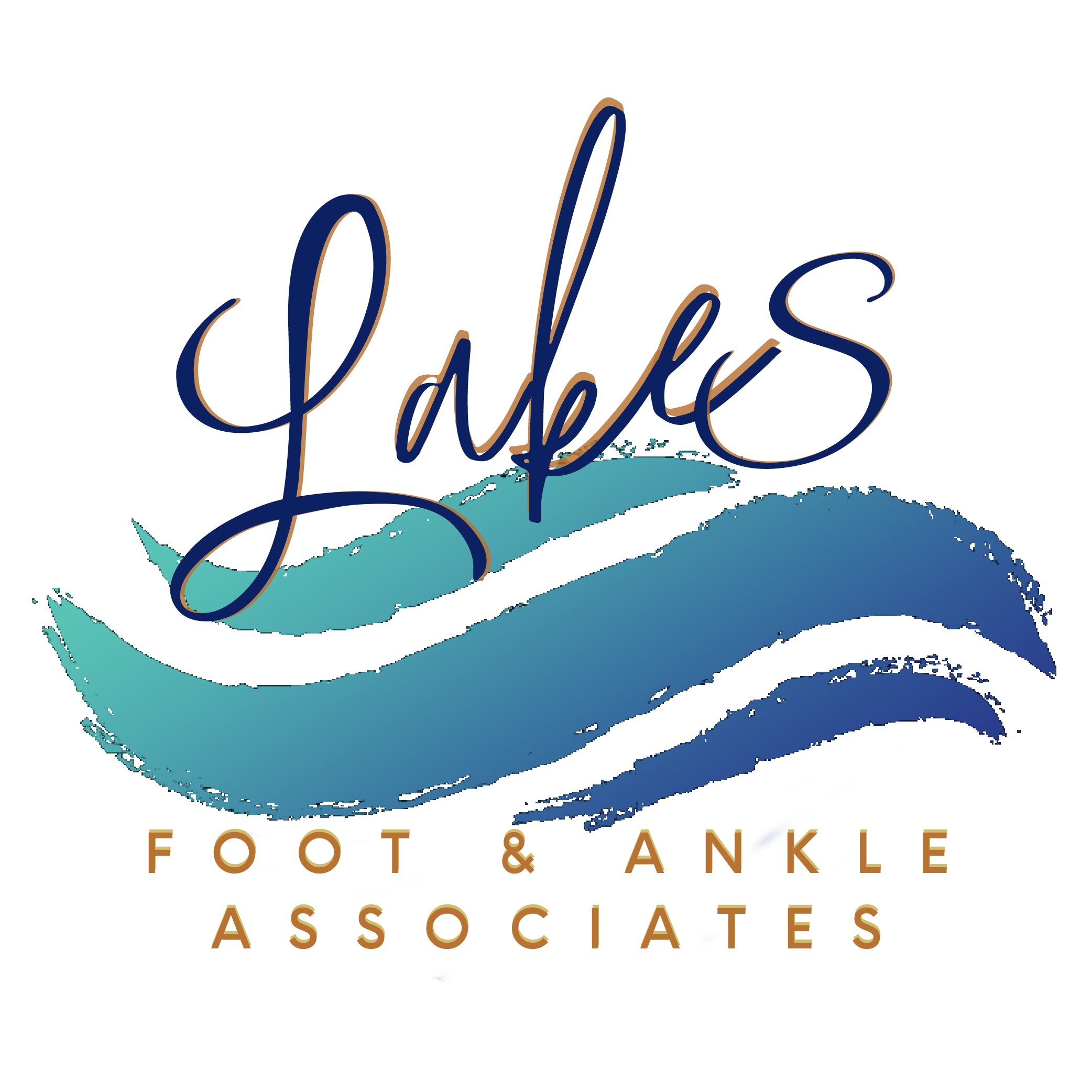Treatment for Hammer Toes, Claw Toes, & Mallet Toes in Commerce Twp, MI
If you’ve noticed one or more of your small toes bending unusually, you may just think it’s odd. In the early days, you may not even realize that it’s a problem. But as time goes on, you start getting calluses or sores where your bent joint rubs against the inside of your shoe. You may even start noticing stiffness and pain, and at worst, you can’t even bend your toe back into its normal position. If this sounds familiar, you may have a lesser digit deformity.
The earlier these conditions are discovered, the easier they are to treat. However, even if you have an advanced case, you still have options—and those often include non-surgical treatments. Don’t let your pain and discomfort hold you back from moving confidently through the world. Get the treatment you need to stay on your feet with Lakes Foot & Ankle Associates!

Hammer Toe vs. Claw Toe vs. Mallet Toe: What’s the Difference?
Hammer toe is the common term for when one of the four “little” toes on either foot takes on a contracted and bent position at the middle joint during rest. Mallet toe occurs when the bend is found at the joint closest to the tip of the toe. Claw toe is when a bend is found at both the middle and end joints.
Normally, muscles and tendons in your joints are balanced, letting you easily bend and flex your toe. But should one set become stronger than another, they can start pulling the toe into a flexed position. The weaker pair will then be unable to bring the toe back into a standard resting position.
A variety of factors can cause these abnormalities, from your genetics to your footwear habits and beyond. Unfortunately, these conditions will never improve on their own and tend to become progressively worse without intervention. The good news is Lakes Foot & Ankle Associates has a number of treatments to help you regain full function in your toes!
Causes of Lesser Digit Deformities
- Inherited imbalances in foot shape or structure
- Improper footwear choices (short, narrow, or too-tight shoes)
- Impact injuries to the toes
- Certain medical conditions like rheumatoid arthritis
- Nerve damage
- Imbalance or weakness in the toe muscles
Why It’s Important to Seek Treatment for Toe Deformities
In the early stages of hammer, mallet, or claw toe, the joint may remain flexible. You might not have any noticeable pain or other symptoms getting in the way of daily life. As the condition progresses, however, the joint can become more rigid and stiff, cause more pain, and lead to calluses or sores. Eventually, even wearing shoes can become painful, and surgery may become necessary.
At Lakes Foot & Ankle Associates, we have a number of treatments to either greatly slow or stop the progression of these conditions entirely. In every case, we will fully discuss all treatment options with you and answer any questions you may have. We’ll make sure you have all the information you need before choosing how you wish to move forward with your care.
Lesser Toe Deformity FAQs
In the early stages, hammer toes can be corrected with simple, conservative treatments. A podiatrist can recommend a course of exercises to strengthen and rebalance the muscles, provide guidance on proper taping and padding techniques, and guide you on choosing supportive footwear.
Non-surgical claw toe treatments may include changing your footwear, wearing pads or custom orthotic inserts, and performing stretches and exercises to strengthen toe muscles and tendons. These conservative treatments can be highly effective if the toe is still flexible; however, if it becomes fixed and rigid, surgery may be required.
Hammer toes are an abnormal bend in the middle joint of your second, third, or fourth toes. Claw toes are an abnormal bend in both the middle and end (closest to your toenail) joints of your second, third, or fourth toes.
Yes, it is possible to straighten a mallet toe without surgery, especially if you visit a podiatrist as soon as you notice symptoms. We can use measures like taping, physical therapy, custom orthotics, and more to encourage flexibility and strength in the affected joints.
How to Treat Hammer Toes, Mallet Toes, & Claw Toes
Don’t Wait for a Toe Deformity to Get Worse
If there’s one thing to remember about treatment for hammer toes, claw toes, and mallet toes, it’s this: The sooner you seek help, the better your chances are of avoiding or delaying the need for surgery. You will also likely save yourself much more pain and trouble in the future.
Schedule an appointment with Lakes Foot & Ankle Associates by calling our Commerce Township office at (248) 360-3888 or by reaching out online. We’ll always be happy to help you and your family overcome any foot and ankle issues that may be holding you back from the active lifestyle you deserve.
